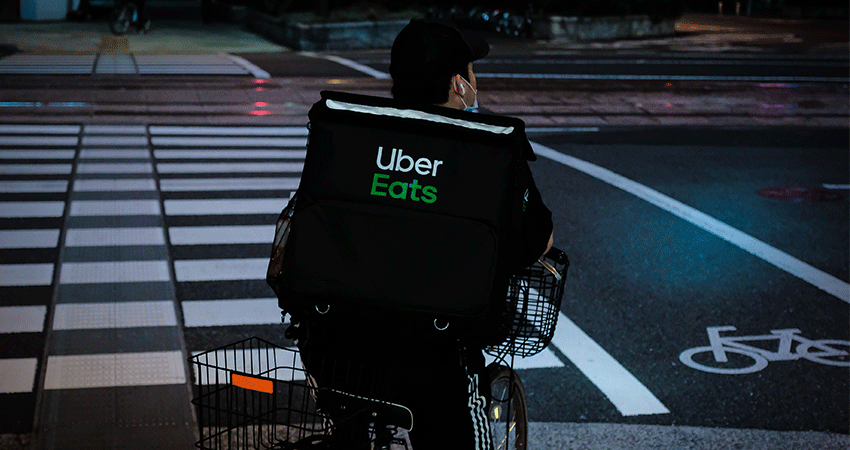In 2023, why is delivery location tracking for a $10 meal better than for a $3,000 couch?
Technological innovation has always been one step ahead in the dating industry. Think about it: Long before we had profiles on Facebook or Instagram, we had dating profiles on Match.com or eHarmony.
Today, you can find potential dates within a geographical area down to the mile on apps like Bumble and Tinder. But if you want to know how far away the couch you ordered from Wayfair is? Well, you’re out of luck.
It’s not that the technology isn’t yet available. In addition to dating apps, the success of services like Uber Eats and Instacart depend heavily on delivery location tracking, on-demand scheduling and real-time updates.
But aside from these few exceptions, the adoption of logistics technology that powers things like last mile delivery location tracking is bleak. In fact, a recent report from HyperTrack found that 74% of companies don’t have live order tracking for their gig workers and delivery professionals.
Why haven’t big-box retailers adopted this technology? If you’ve ordered any large piece of furniture or appliance recently, you know the delivery process is the same as it was 20 years ago. You’re given a four-hour window to wait at home for the delivery. If you dare run out for a quick errand during that timeslot, you can bet that’s when the truck will pull up and your delivery will need to be rescheduled.
There are a few factors that have contributed to retailers falling so far behind when it comes to location services. Dating apps like Tinder were originally built for people in their twenties and thirties. Although user demographics have since expanded, generally speaking, companies like Restoration Hardware target a more mature clientele.
The majority of folks who use dating apps today are digital natives. They have short attention spans and expect instant gratification, be it finding a date or ordering a burrito via GrubHub. Waiting around for goods or services isn’t an option for them. So, the apps they use require on-demand order scheduling and live location tracking technology.
The majority of big-box customers, however, are from a generation used to the status quo of delivery windows and waiting. They may be less inclined to expect things like real-time updates or a high-quality last mile delivery experience, but this is quickly changing.
Nearly everyone has become accustomed to real-time location tracking and updates thanks to apps like Lyft and DoorDash, so the generational gap in expectations is closing. Location services have become a must-have instead of a nice-to-have novelty like they were in years past.
These companies have invested so much in the front end of their businesses, but the back end is broken. Take Wayfair, for example. The company is phenomenal at analyzing users’ shopping behaviors and making spot-on product recommendations, but it’s severely lacking in the last mile/delivery department. It’s time that all retailers take a page from dating apps and adopt location technology.
Technology that enables deliver location tracking builds trust and brand loyalty between retailers and customers. When consumers know a brand will update them on the location of their order—from the warehouse to their front door—they’re going to choose that brand over one that provides limited visibility and confines them to their home for a four-hour window.
Consumers have more options than ever in terms of which brands they choose to buy from. If you want to differentiate yourself and get a leg up on the competition, you need to adopt technology that gives consumers order visibility at all times. In today’s world, they should be able to make purchases with confidence, sans delivery windows that disrupt their day-to-day lives.
Gaurav Deshpande is VP of Marketing for HyperTrack

